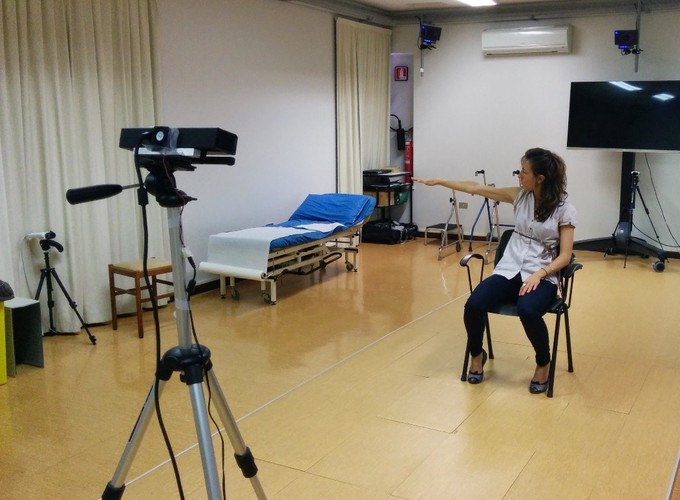Motion Capture: An Evaluation of Kinect V2 Body Tracking for Upper Limb Motion Analysis
 Kinect V2
Kinect V2
Motion Capture: An Evaluation of Kinect V2 Body Tracking for Upper Limb Motion Analysis
Abstract
In this study, we evaluate the performances of the body tracking algorithm of the Kinect V2 low-cost time-of-flight camera for medical rehabilitation purposes. Kinect V2 is an affordable motion capture system, capable to monitor patients ability to perform the exercise programs at home after a training period inside the hospital, which is more convenient and comfortable for them. In order to verify the reliability of the body tracking algorithm of the Kinect V2, it has been compared with an actual stereophotogrammetric optoelectronic 3D motion capture system, routinely used in a Motion Analysis Laboratory in a Rehabilitation Centre, focusing on the upper limb rehabilitation process. The results obtained from the analysis reveal that the device is suitable for the rehabilitation application and, more generally, for all the applications in which the required accuracy related to the joint position does not exceed a couple of centimetres.